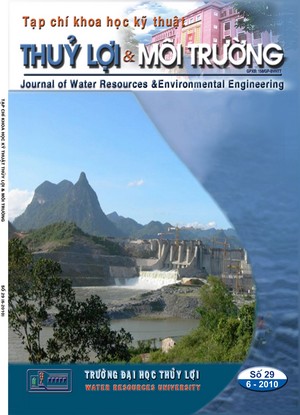Integrated environment issues into land use planning process
Abstract
Rapid economic growth and urbanisation, population growth, fast expansion of the industry- and tourism sectors, has lead to increase presure on land and water resources. In particular these developments occur in densely populated areas (coastal and delta areas) which are highly vulnerable to climate change. Rapid development in these areas have at time results in the destruction of critical ecological buffers and increased the vulnerability of coastal infrastructure and land use in these areas.
Current land use planning practices in the country provide little incentives for developer to recognise or accommodate environmental vulnerability and climate variability/change. Effective land use planning has the possibility to transfer development rights, restore the protection of ecological buffers, encourage energy savings and waste management, deal with saline instrusion in soil and water, with drought and flooding etc. and thereby reduce the vulnerability of, in particular the low lying areas of the country such as lower river valleys, deltas and coastal areas.
It is therefore a necessary to adjust the approach to land use planning to support the rapidly economic development of the country, align this approach with globalisation trends and provide a framework to manage the development in a sustainable manner. The role of land use plannning must be strengthened and take on a broader scope in the new legal and administrative framework to take into account environmental, social and economic parameters as well as involving stakeholders who are affected by change in land use.

